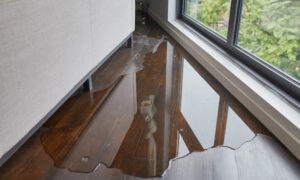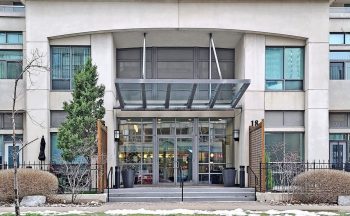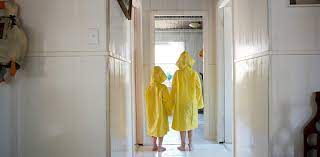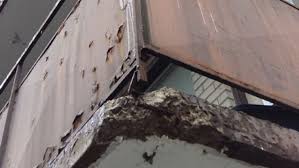 March 2022
March 2022
When it’s cold out you realize just how good or bad your windows are. You can feel the cold air coming through even when there isn’t a noticeable draft. Moisture or ice may form.
Most just want to know if their windows work properly and when its time to replace them.
Condensation
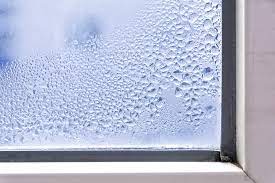 Condensation is when moisture – humidity – in the air turns into water after contacting a cold surface. Windows tend to be the coldest surfaces in a home so condensation forms there first. Depending on outside temperature this condensation may be liquid or ice.
Condensation is when moisture – humidity – in the air turns into water after contacting a cold surface. Windows tend to be the coldest surfaces in a home so condensation forms there first. Depending on outside temperature this condensation may be liquid or ice.
Condensation on windows is normal. Most exposed are areas closest to the window. Excess condensation can damage walls, windows, and cause mould to grow. Moisture dripping to lower levels may cause damage in other suites. Damage can be prevented or minimized by wiping away visible condensation.
Plants add moisture to the air. It is best to keep them away from windows to minimize condensation.
Closed blinds, shades or drapes prevent air circulation across window surfaces. This makes windows colder and increases condensation problems.
Window Design
Windows are designed with drain holes at the bottom. Condensation between sliding windows is normal. It will drip down and out through these drain holes. For windows that slide horizontally be sure to close both inner and outer sliders which allows windows to function as intended and reduce the risk of condensation forming.
High-Rise Building Air Flow
High-rise buildings are designed so suites receive fresh air from the corridor while sending air out through exhaust fans in the bathroom and kitchen. In winter this fresh air is dry to aid in removing moisture. Humidifiers, intended to counter dry air, add moisture which can add to visible condensation. Weather stripping on doors can restrict the flow of fresh air.
Some air vents can be adjusted. If so, adjusting them so warm air is directed to window surfaces can help evaporate condensation. In the summer air flow should be directed away from windows and upward for cooling.
Signs that windows require repair or replacement
Water and air leaks are a strong indicator that windows require repair or replacement. Air leaks differ from drafts or other air flows. Warm interior air cools as it nears cold glass causing other warm interior air to rise. When near windows this can feel like an air draft when windows are in good condition.
Buildings control air flow with differences in air pressure. Higher air pressure in hallways helps keep cooking and other odours from exiting a suite into hallways. Cracks and other failures of window and wall systems cause outside air to enter a building from unintended areas. Deteriorating weather stripping and warped window frames are a source of air leaks.
Time to repair or replace windows
Condo boards consider a building-wide window and frame replacement because of a growing number of air or water leaks, an increasing number of window glass replacements and deteriorated window frames. Many windows that are replaced can more economically be repaired. At some point it makes more sense to undertake a complete replacement than deal with increasing repair costs.
Despite disruptions that affect residents during a building-wide window repair or replacement project, the consequences of not doing so are an increasing number of isolated window repairs that may not fully resolve all problems.
When replacing windows there are options for coatings that provide added insulation and protection from sunlight. These help reduce energy consumption and provide a more comfortable inner environment.
